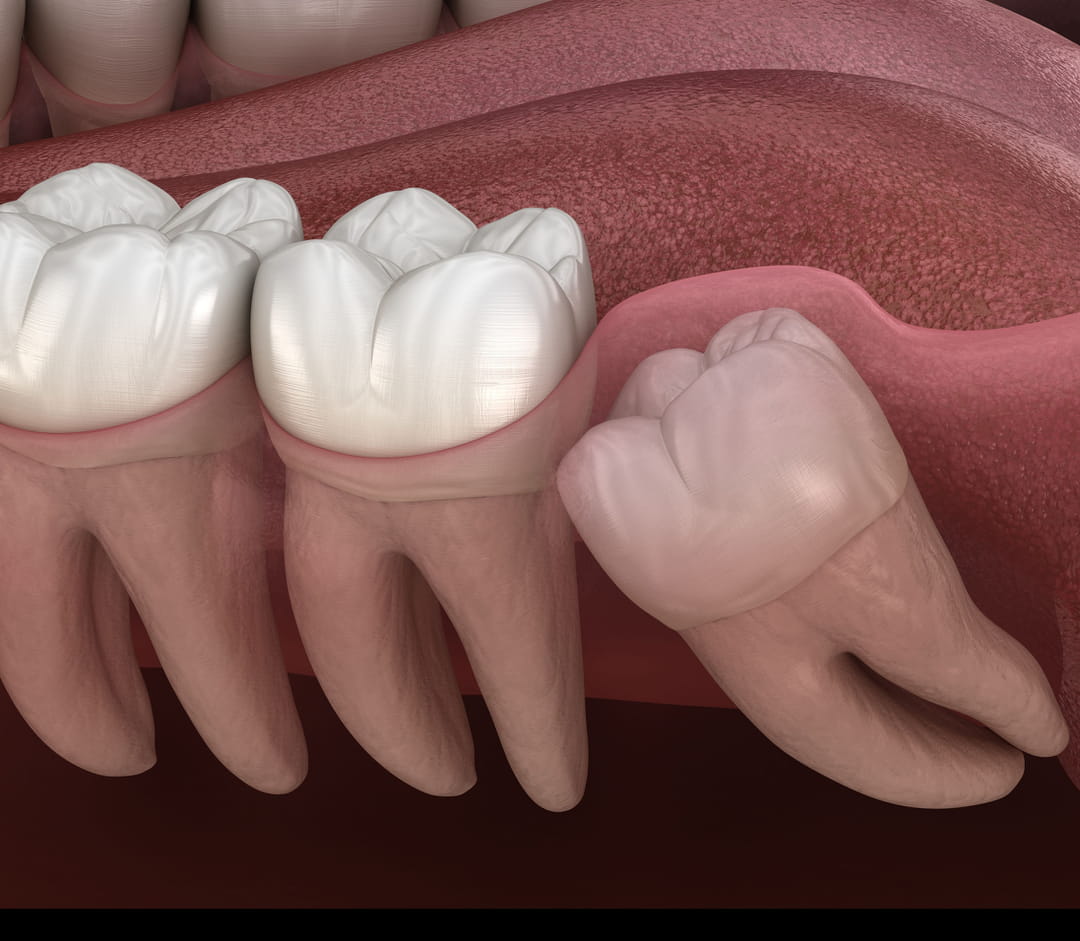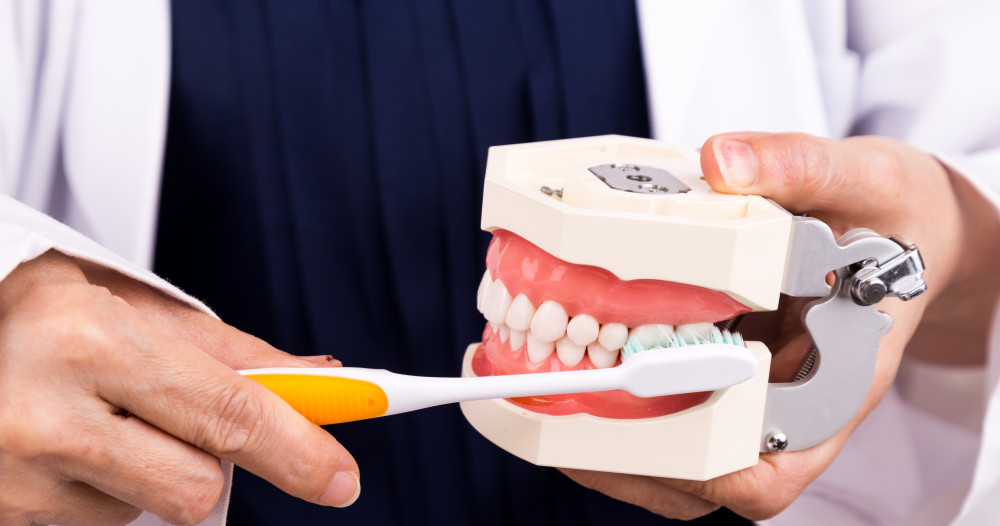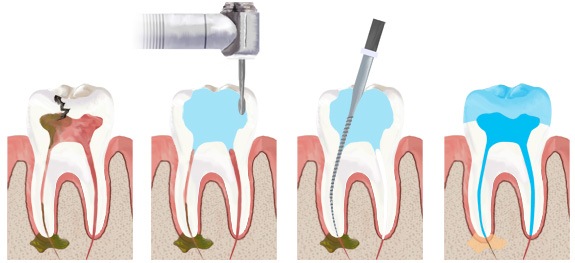
wisdom tooth extraction
wisdom tooth extraction
What are wisdom teeth?
Wisdom teeth, also called third molars, are the last teeth to develop. They have a wide variety of shape and size depending on the individual. They are positioned completely at the back of the dentition, behind the 2nd molars. . Wisdom teeth generally erupt in the mouth towards the end of adolescence; they generally appear in the mouth between the ages of 16 and 25 and root formation ends in the twenties.
The absence of wisdom teeth is becoming more and more frequent these days, new eating habits could be the cause.
Why remove them?
The total or partial extraction of wisdom teeth is the most common oral surgical procedure. It takes place under local anesthesia, and more rarely, under general anesthesia. There are many reasons for extracting wisdom teeth:
- For lack of space:
In the context of orthodontic treatment, when the teeth clearly do not have room on the arch. “Wisdom teeth are extracted before they are completely formed, we speak of germectomy (extraction of the tooth in the germ state). This intervention can be performed from the age of 12-14 years. This operation is prescribed after having carried out an X-ray of the two jaws called panoramic.
- Due to evolutionary accidents:
When the tooth does not erupt as it should, it can cause various problems: The most common is “pericoronitis”, inflammation of the tissues surrounding the tooth. This infection occurs on wisdom teeth that are halfway out, providing an entry point for bacteria. Pain, discomfort, difficulty opening the mouth (trismus), difficulty eating (dysphagia)… are generally present. Faced with such a problem, the dental surgeon will first control the infection by prescribing antibiotics and mouthwashes so that everything can then get back to normal quickly. But when the infection tends to repeat itself (two or three times), it is better to proceed with the extraction of wisdom teeth. Other possible incidents:
- In case of caries:
Due to their atypical morphology, the treatment of cavities occurring on wisdom teeth can be problematic. Faced with the greater risk of recurrence, the option of extraction can be retained.
- As a preventive measure:
However, opinions may differ when it comes to preventive extraction. Some will prefer to monitor an asymptomatic tooth instead of extracting it, especially if the x-ray indicates a proximity between it and the inferior alveolar nerve. Indeed, in the case where such proximity exists, caution is required not to cause damage to the nerve. Finally, in some people, the space available and the angulation of the tooth are optimal and allow a normal eruption. For these, it is of course useless to carry out the extraction.
How is the intervention carried out?
The procedure is not painful, in the vast majority of cases. X-rays are very helpful to your surgeon in planning surgery. Depending on the inclination of the tooth, its degree of impaction and its proximity to the inferior alveolar nerve, the procedure can be modified. The surgeon will opt for a simple extraction, if the tooth is present in the mouth, or a complex extraction if the tooth is impacted or semi-impacted. A complex extraction, also called a surgical extraction, involves the surgeon incising the gum, cutting the jaw bone to release the tooth, and closing the incision with stitches. Sometimes it may be necessary to cut the wisdom tooth into several pieces in order to be able to remove it. The surgeon will explain to you the various possible anesthesia options and will advise you taking into account the importance of your surgery, your state of health and your level of apprehension regarding the extraction. . .
What are the potential complications ?
As with any surgery, however well performed, there are risks associated with the extraction of wisdom teeth. Although the postoperative consequences are generally temporary
1. Bleeding: It is frequent and minimal for a few hours. If necessary, apply a sterile compress to the extraction area and bite on it for ten minutes. In order not to evacuate the blood clot which has formed in the alveolus, mouthwashes must be prohibited for the first two days.
2. Pain: It is more frequent below than above. It often yields with prescribed painkillers and disappears within a few days.


